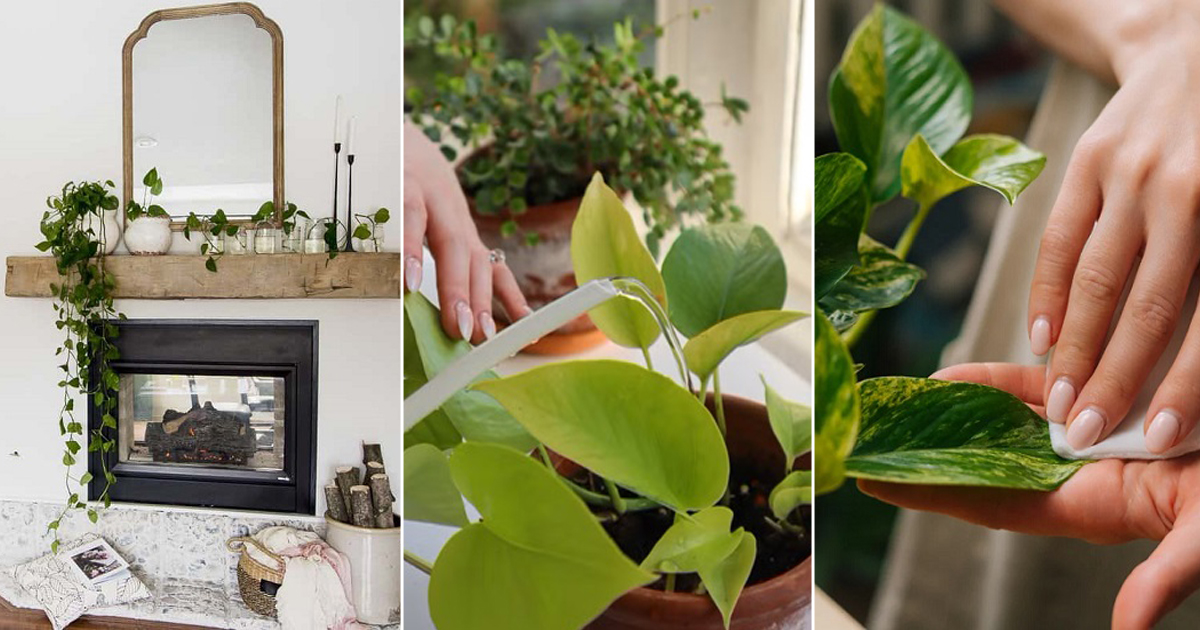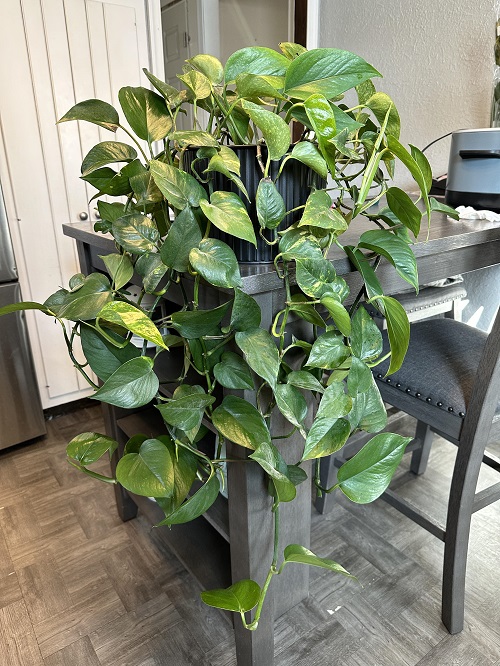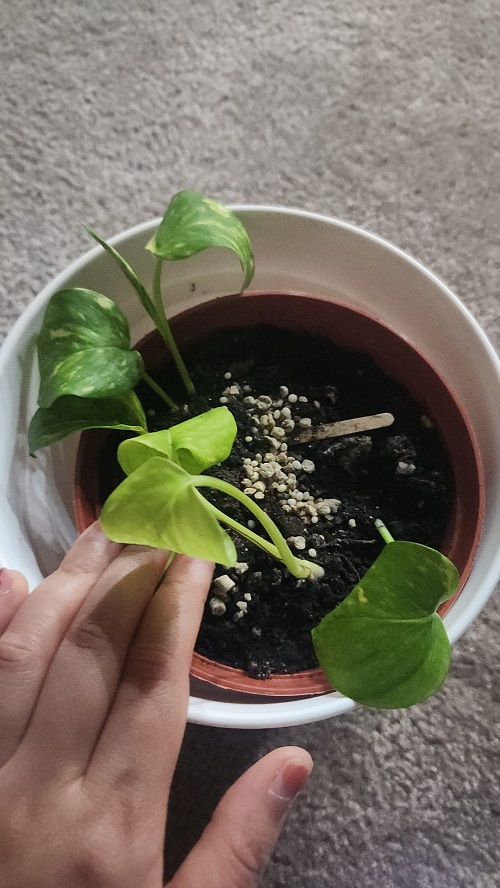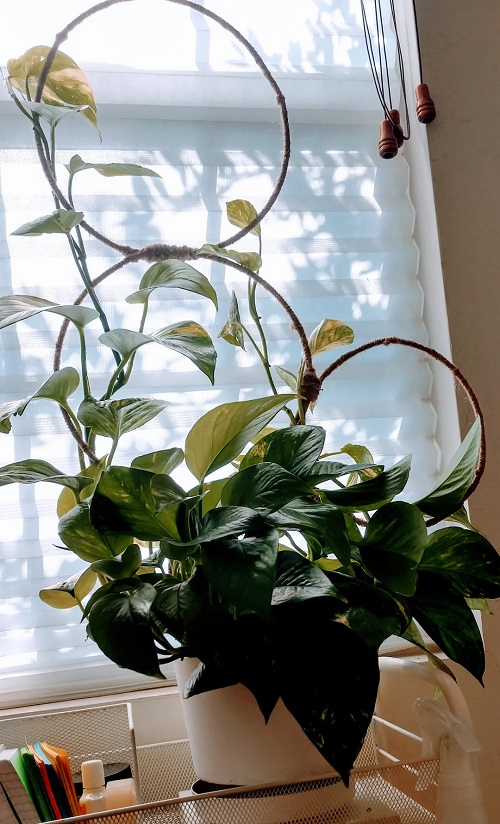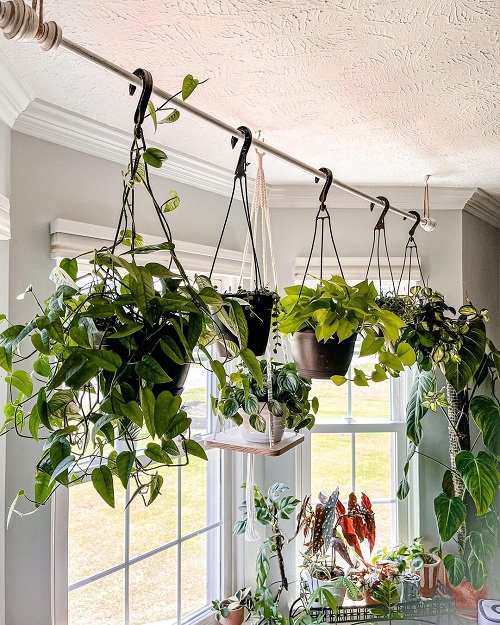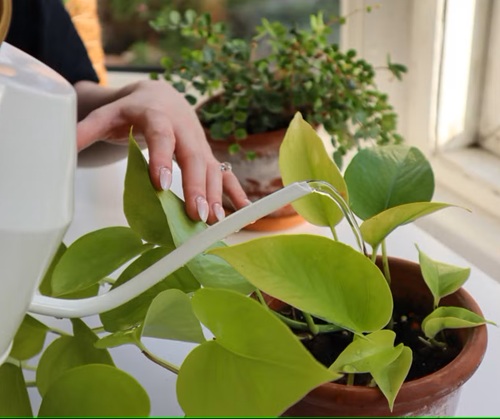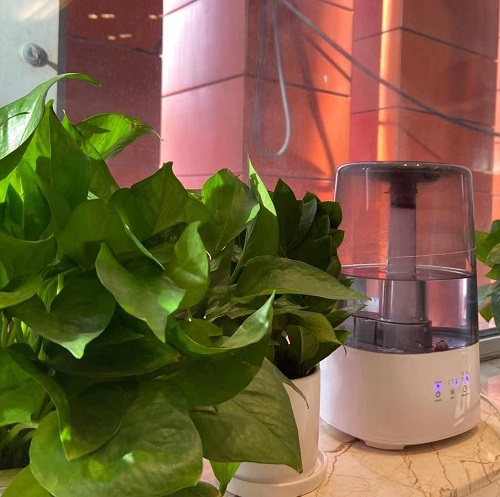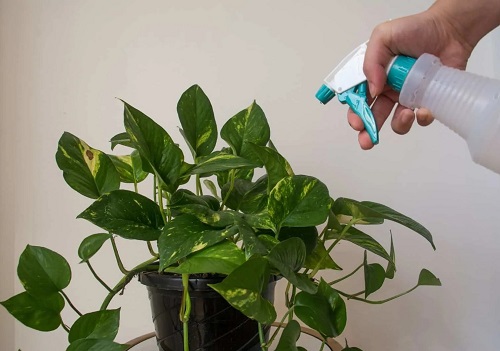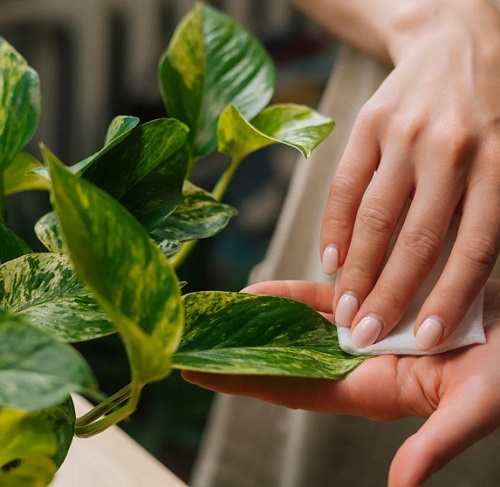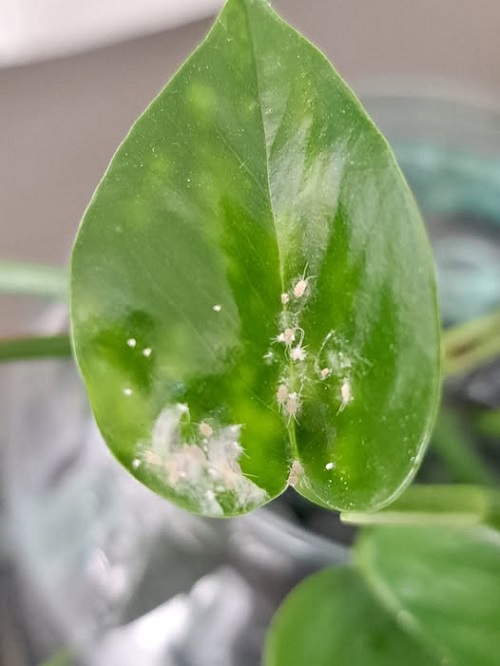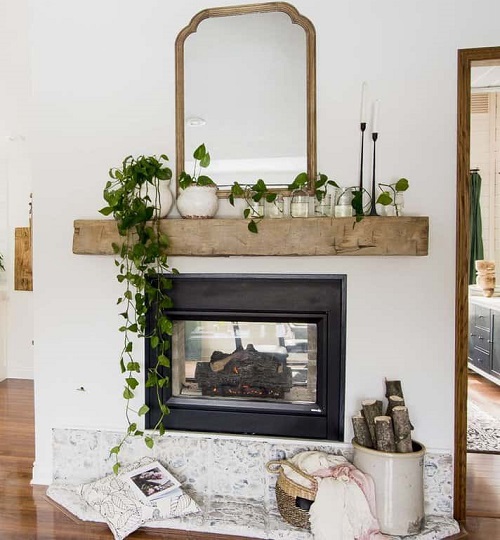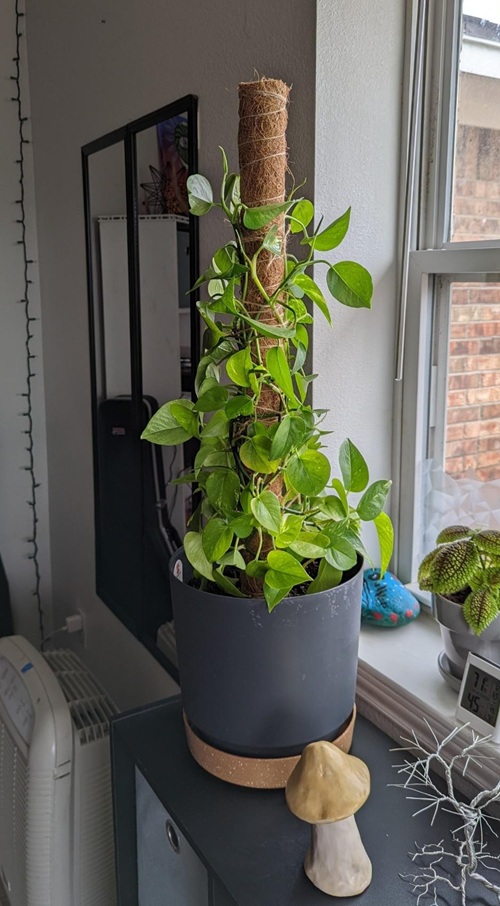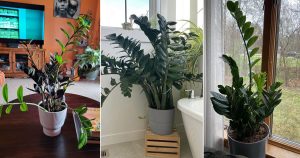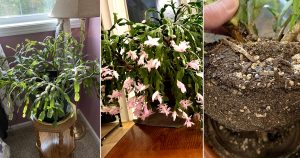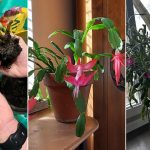Learn the biggest mistakes people make with pothos in winter and how to keep your plant healthy, green, and thriving in cold months.
Winter can be harsh on pothos plants if you don’t adjust their care routine. Many people make the Biggest Mistakes People Make With Pothos in Winter. With the right light, warmth, and watering habits, your pothos can stay green and healthy all winter long.
Biggest Mistakes People Make With Pothos in Winter
1. Overwatering the Plant
One of the most common mistakes during winter is watering too often. Since the plant’s growth slows down in the cold months, it doesn’t need as much water as in summer. Too much water leads to soggy soil and root rot.
Always check the top inch of soil before watering. If it feels dry, give it a small drink. If it’s still damp, wait a few more days.
2. Keeping It Too Close to Cold Windows
Pothos plants love warmth, but many people leave them sitting on chilly windowsills or next to drafty doors. The cold air can damage the leaves, causing brown spots or drooping.
Tip: Move your pothos to a warmer area where temperatures stay above 60°F (15°C). Keep it away from cold drafts and frosty glass.
3. Ignoring Low Light Conditions
During winter, daylight hours are shorter, and indoor light becomes weaker. Pothos can survive in low light, but it still needs some brightness to stay healthy. Without enough light, the leaves can lose their variegation and turn dull green.
Place your plant near a bright, indirect light source, such as a south- or east-facing window. You can also use a grow light if natural light is limited.
4. Using Cold Water for Watering
Another mistake people make is using cold tap water straight from the sink. Sudden temperature changes can shock the roots and slow the growth of the plant.
Always use room-temperature water when watering your pothos. Let the water sit out for a few hours before using it.
5. Forgetting About Humidity
Winter air is often very dry indoors, especially if you’re using heaters. Low humidity can cause brown leaf edges and crispy tips on your pothos.
To add humidity, you can mist the leaves lightly, place a water tray near the plant, or use a humidifier. Grouping plants together also helps increase moisture in the air.
6. Fertilizing During Dormancy
Because pothos grows slowly in winter, feeding it with fertilizer can actually harm the roots. The nutrients won’t be absorbed properly and can build up in the soil.
Stop fertilizing during winter. Resume feeding in spring when new growth starts to appear.
7. Ignoring Dusty Leaves
Dry indoor air can cause dust to build up on the leaves. This blocks sunlight and makes it harder for the plant to breathe.
Wipe the leaves gently with a soft, damp cloth every few weeks. Clean leaves can absorb more light and look shiny and fresh.
8. Not Checking for Pests
Even in winter, pests like spider mites and mealybugs can attack your pothos, especially when the air is dry.
Inspect the leaves regularly, especially the undersides. If you see tiny webs or white spots, wipe the plant with a cloth dipped in mild soapy water or neem oil solution.
9. Keeping It Near Heating Vents
It’s tempting to place plants near heaters for warmth, but that’s a big mistake. Hot, dry air can scorch the leaves and cause the soil to dry out too quickly.
Keep your pothos at a safe distance from heaters, fireplaces, and radiators. Aim for a stable, warm, and humid environment instead.
10. Forgetting to Rotate the Plant
Since light is weaker and comes from one direction in winter, some leaves may get less light than others. It causes uneven growth.
Rotate your pothos every week or two so all sides receive equal light exposure.

